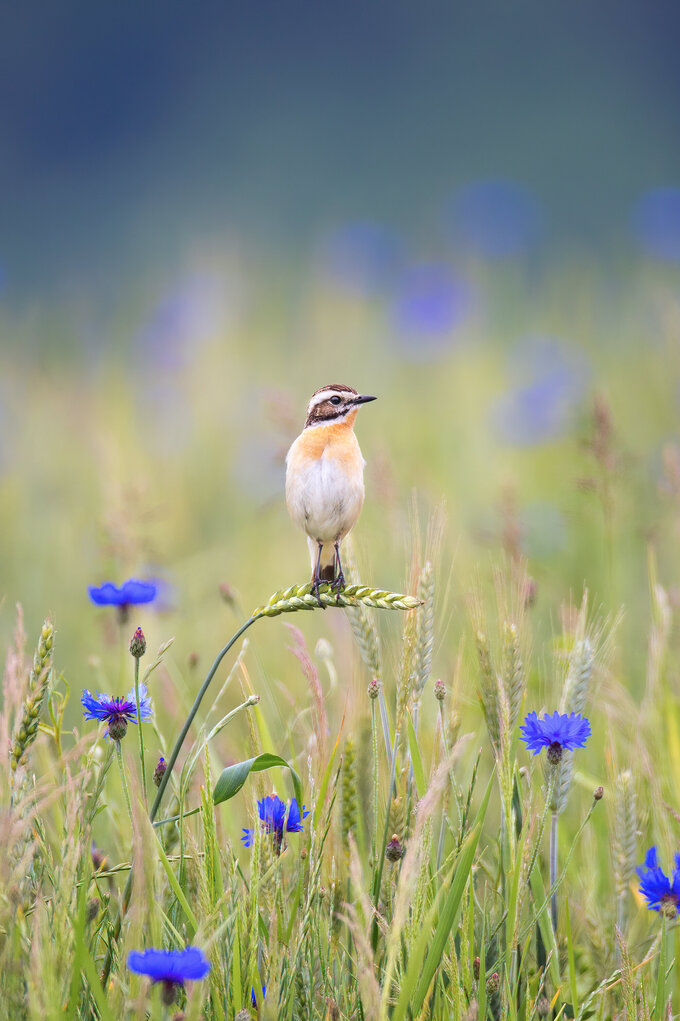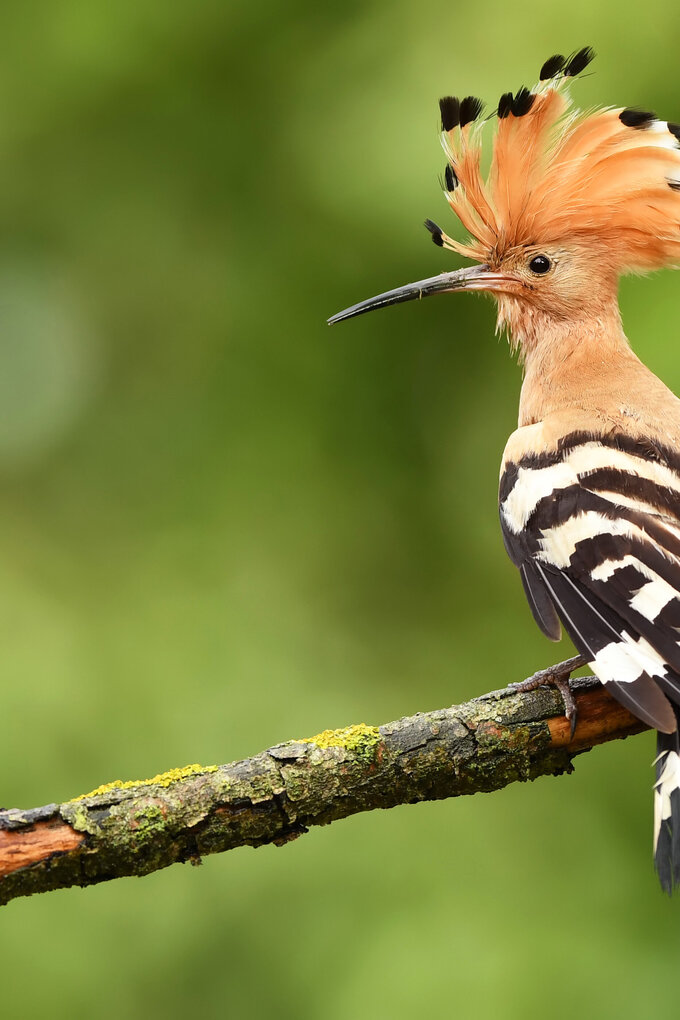Bird of the year 2021: the robin
The robin is one of the most popular songbirds in Germany. Unlike many other songbirds, the female robin can also sing.
Ambassador for more diversity in the garden
The German Nature and Biodiversity Conservation Union (NABU) and the Bavarian Regional Association for the Protection of Birds (LBV) have been choosing a bird of the year for the past 50 years. To celebrate its 50th anniversary, the citizens of Germany were asked to award this title in an online vote for the first time in 2021. A total of over 455,000 people cast their votes. More information on the 2021 Bird of the Year vote can be found here.
The people of German chose the robin as the ambassador for more garden diversity, making it the first publicly elected bird of the year. This was in fact the second time the robin had received this title, because it had been Bird of the Year in 1992.
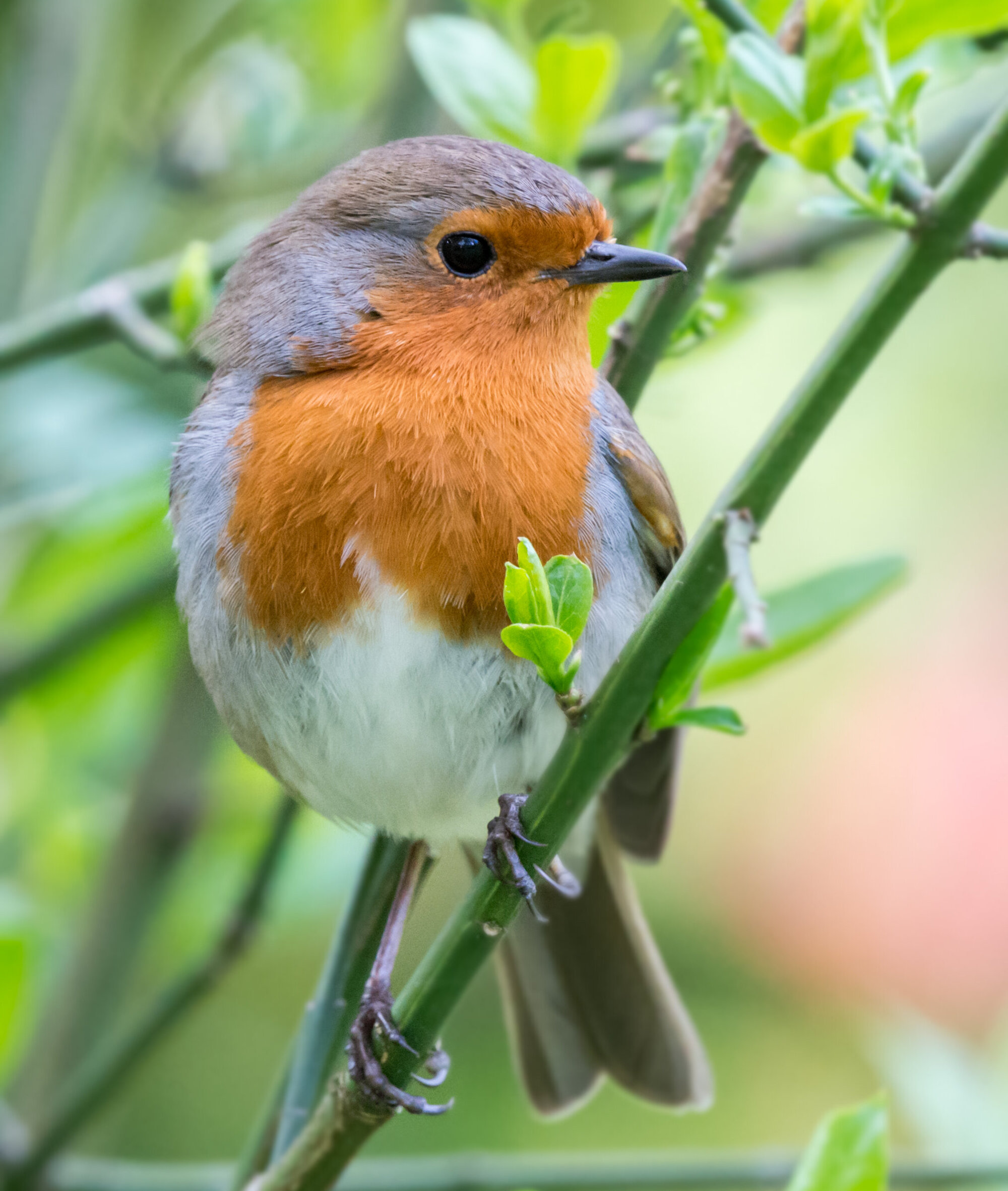
Trusting companions
The robin (Erithacus rubecula) belongs to the flycatcher family and is found in North Africa, Europe, Asia Minor and the Mediterranean islands. According to the International Union for Conservation of Nature (IUCN), there are around 150 to 350 million of these small songbirds worldwide, with the European breeding population making up the largest part at around 75 percent. The populations in the north consist mainly of migratory birds, which migrate as short-distance migrants in winter to the somewhat warmer Mediterranean region. The robins in the south, on the other hand, stay over the winter.
With around 4 million breeding pairs in Germany, the robin is one of the most common birds and is currently not considered endangered. The little bird has probably crossed or flown over everyone's path and is therefore a very popular fellow. Precisely because of his trustworthiness and fearlessness, he comes up to 1 meter close to larger animals and even people, since there is often food in the form of insects in their vicinity.
Red and unmistakable
The robin owes its name to the orange-red plumage around its beak and chest, which also makes it very easy to recognize. Unlike many other bird species (e.g. blackbirds), females and males do not look different from each other. The small, lively bird is about 14 cm tall and weighs 16 grams. In the wild, robins can live 3 to 5 years.
They like to stay close to the ground and are often found in deciduous and mixed forests. However, they also make use of bushes, hedges and undergrowth for shelter. These small songbirds is therefore actually found in almost every garden – they would only avoid barren gardens with more stone and little vegetation. Robins also favour wet areas and areas near bodies of water.

Together only during breeding season
Robins usually have two broods per year, during the breeding season from the beginning of April to the end of July. During this time, males and females usually live together as a pair in a territory and defend it together. In winter, outside the breeding season, they live in separate territories.
The open, cup-shaped nest is built largely by the female and consists of dry leaves, moss, stalks and fine roots. The inside is padded with animal hair, moss or feathers. The nest is usually made on the ground in holes, between roots, under tree trunks or in the grass, but often also in dense bushes and shrubs, hollow tree stumps, or in holes in walls and other places.
Perpetual singers
Robins are active most of the year and their song can be heard from an hour before dawn until dusk. The only exception, the only break they take in singing is during the moulting period of the birds, which takes place between the beginning of June and the end of September. Unlike many other songbirds, it is not only the male robins that can sing – the females have this ability too. With up to 275 proven different themes, robins have a very variable repertoire of songs that is very loud despite their small body size. They can use it to drown out other birds, and they also use it to get rivals to flee.
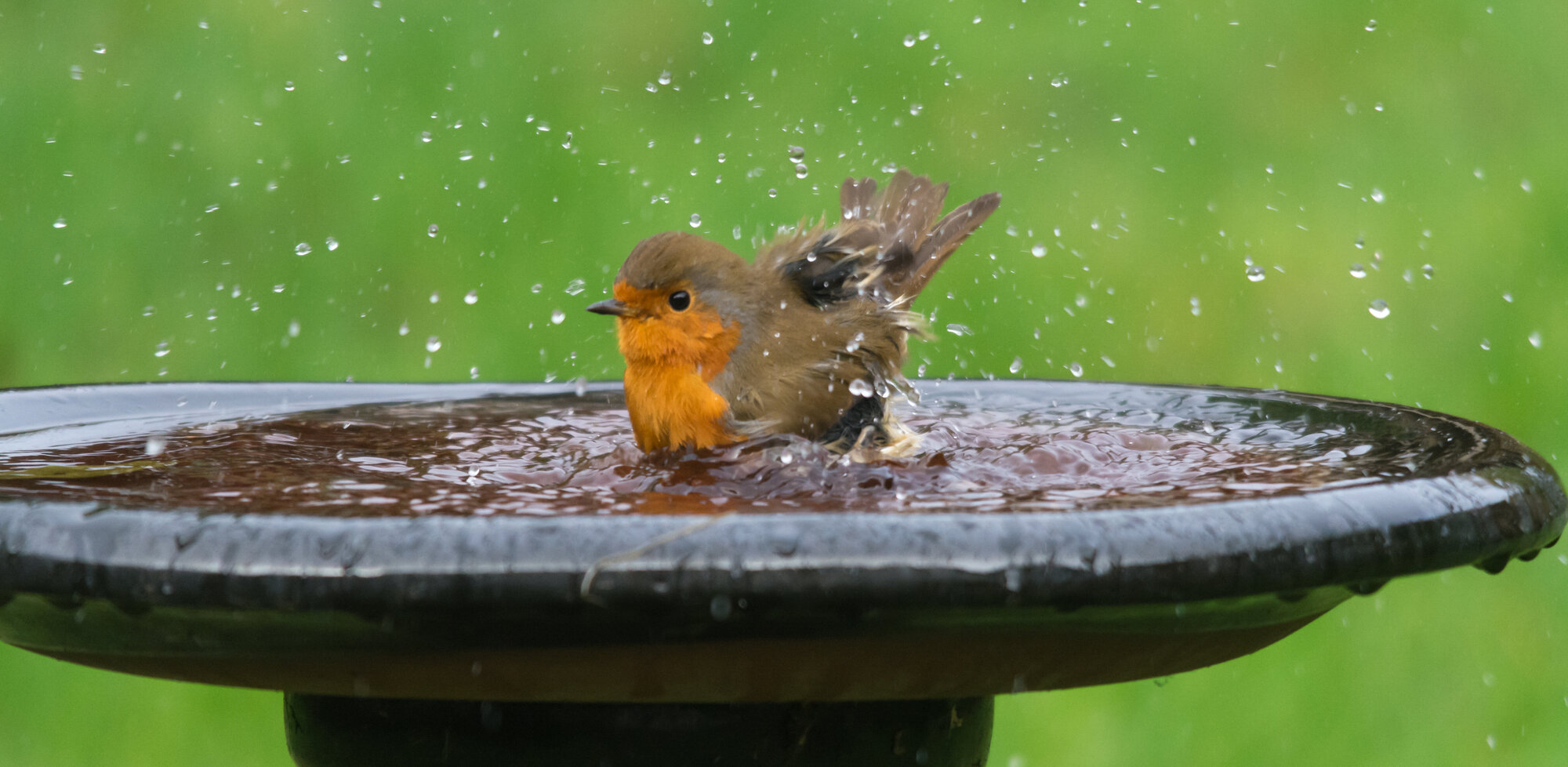
Bathing is a priority!
One thing that robins love to do is bathing, regardless of the time of year or weather. They will use anything as a bathtub – leaves with rain or dew on them, shallow river banks or bird baths and in winter, if all else fails, even ice surfaces.
Robins are softbills and their food of choice includes mainly animal, protein-rich food sources such as insects and their larvae, small spiders, worms and snails. In summer and autumn, they also feed on plant products such as fruits and soft seeds.

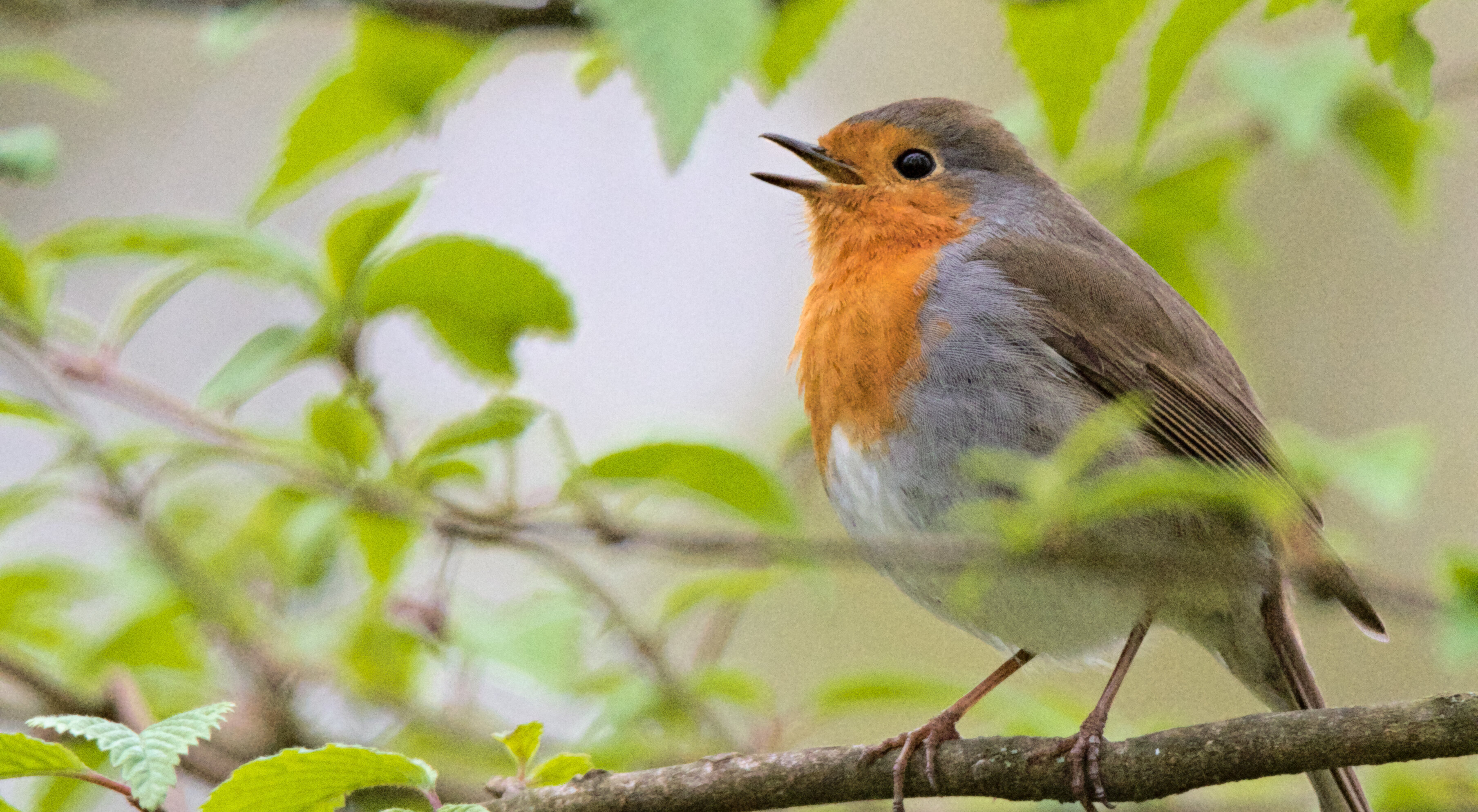
![[Translate to English:] Sehr neugierig & zutraulich: Das Rotkehlchen ist ein gern gesehener Gartenbewohner Rotkehlchen_shutterstock_665327854.jpg](/fileadmin/_processed_/8/c/csm_Rotkehlchen_shutterstock_665327854_e34c9d71d8.jpg)
